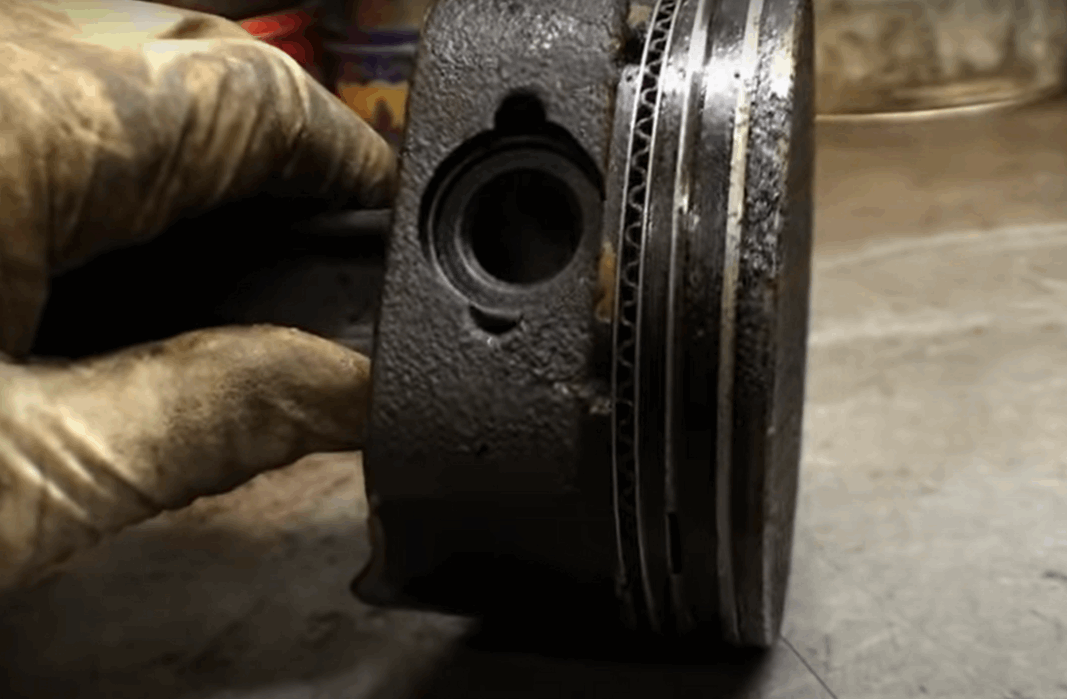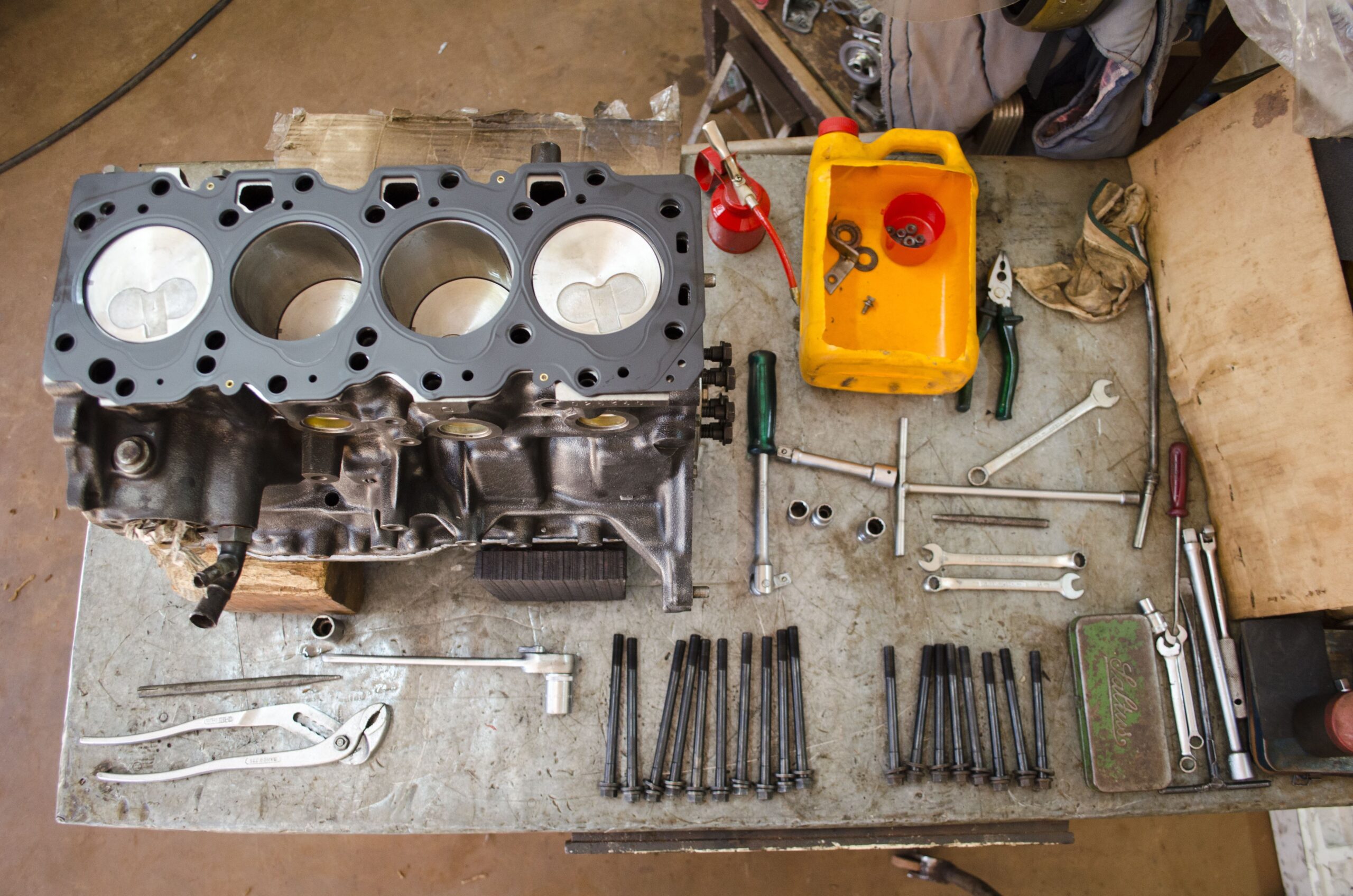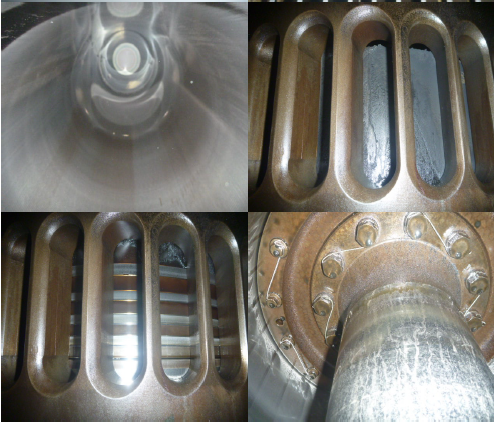
Why Ferox is the real and effective solution to Eliminate and Prevent Carbon Deposits in the Engine
How Does Carbon Buildup Form
Deposits and carbon buildup in the engine are a byproduct of incomplete fuel combustion, it happens in both in burners and in gasoline or diesel engines.
These deposits accumulate and will harden on internal engine components such as injector nozzles, cylinder walls, intake valves, EGR valve, catalytic converter, turbocharger, particulate filter, etc., as this carbon buildup develops, corrosion and the severity of wear within the engine increase.
An abundance of carbon deposits can lead to inefficiencies in engine performance, which can damage the engine and cause critical component failure.
Carbonization can be accelerated with:
- The use of low-quality fuel contributes to the development of these harmful carbon deposits, as it is saturated with contaminants that can cause not only failure of critical engine components, but also contribute to inefficient combustion over time.
- Engine failures leading to air-fuel ratio inconsistencies also play a key role in the development of carbon buildup.
- Driving habits as they are, heavy traffic in populated areas can contribute to carbon buildup in a vehicle’s engine because it cannot drive efficiently in stop-and-go traffic and frequent heavy-footed driving can also lead to an accelerated accumulation of carbon.

How to Remove and Prevent Carbon Buildup
Preventive maintenance is the best way to prevent excess carbon from accumulating in your engine, it is recommended:
Supplying high quality fuel, preferably TOP TIER gasoline or diesel to your engine is very important since its detergent contributes to reduce and prevent carbon deposits.
Use our FEROX combustion catalysts as they address this problem at its source, which is poor combustion, they work by accelerating the combustion speed and lowering the activation temperature of the fuel molecules and carbon deposits, achieving that more fuel is burned in less time and the deposits at a lower temperature. With their constant use up to 95% of the carbon deposits are removed and they prevent new carbon deposits from forming in the burner or in the combustion chamber and in the fuel injector.
Properly maintain the engine, perform regular oil changes and services as recommended by the manufacturer.

For existing carbon buildup, there are a number of solutions that can work to remove this undesirable soot, including:
While the engine is running at the correct operating temperature, Increasing the engine RPMs helps the motor to burn-off carbon buildup within..
The use of specialized fuel additives and fuel treatments will also help the engine to remove these deposits.
If the engine already has an excess of carbon, it can be decarbonized through a chemical process using oxyhydrogen gas (HHO), which allows any engine to be cleaned regardless of the fuel it uses. The high calorific value of this gas causes the combustion temperature to rise rapidly when it is injected into the engine through the intake and causes a controlled pyrolysis capable of eliminating all the accumulated carbon in less than an hour.
In severe cases of carbon buildup, the cylinder head will be removed to perform valve work, where the carbon buildup is cleaned out by hand.
And in extreme cases, the engine must be taken apart and rebuilt to replace critical components that have been damaged beyond repair by carbon buildup.

Click this image below to see the pictures inside an oil tanker HFO engine ( STX-MAN 7S50MC-C ) After 3 months and 1,678 hours using FEROX-RENNSLI DS-600i fuel treatment.
Contact us to learn more about our revolutionary solid fuel additive technology with over 35 years of research and development.
It works on everything from your compact car to Tier 4 – Euro 6 equipment.


Recent Comments